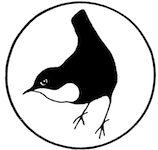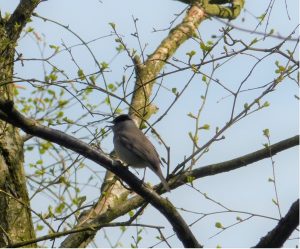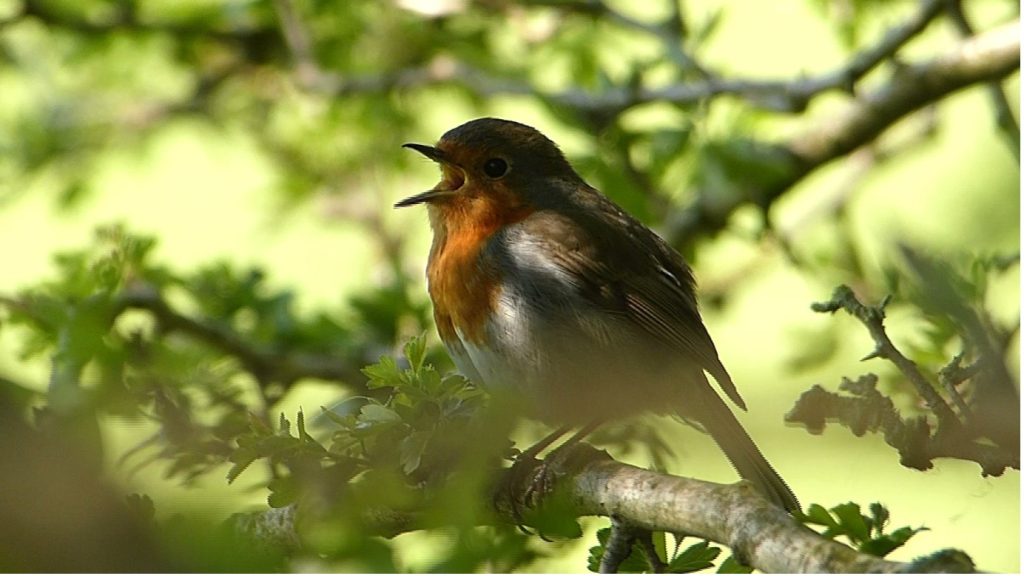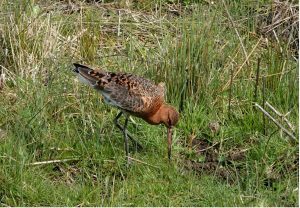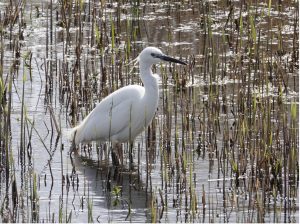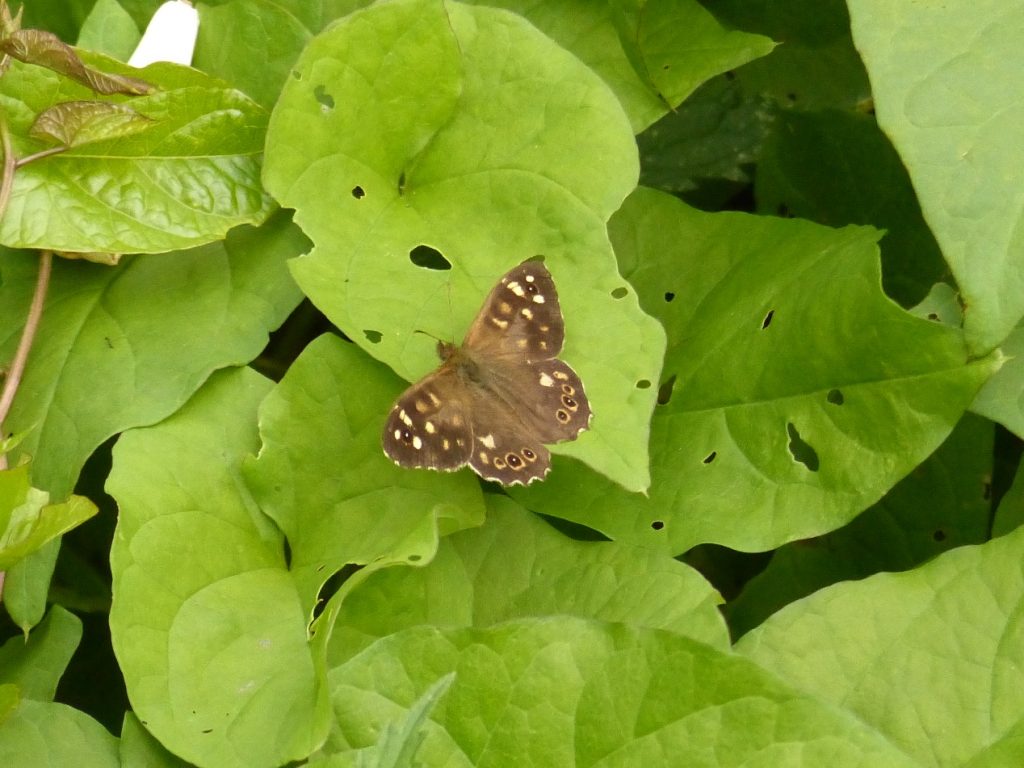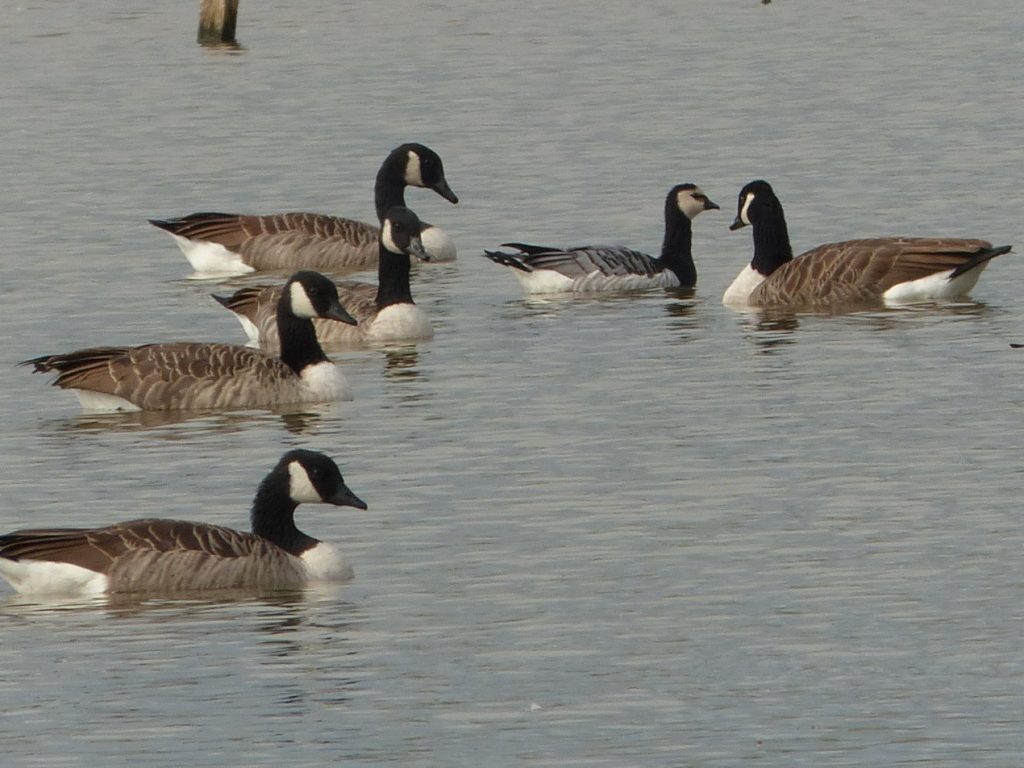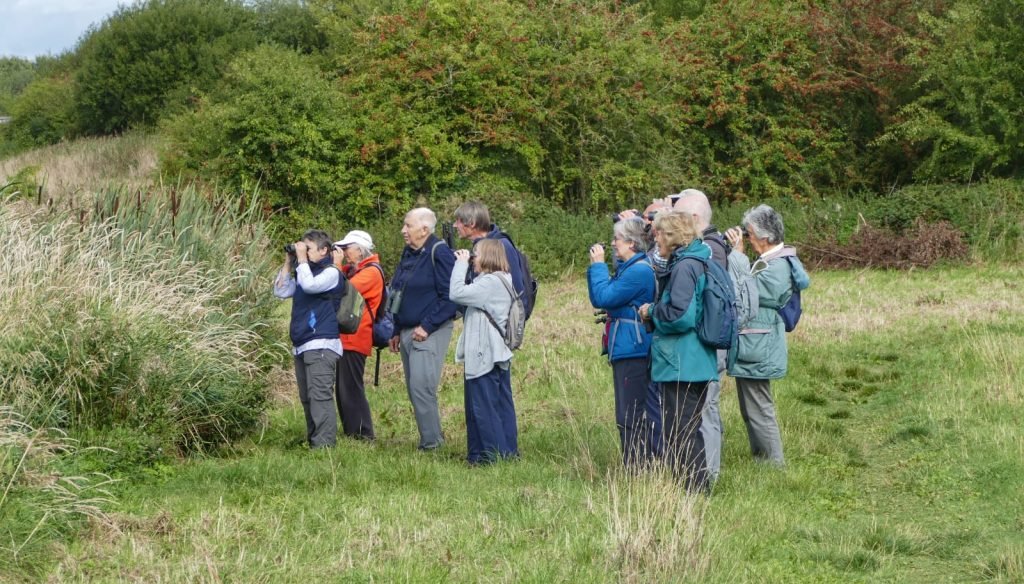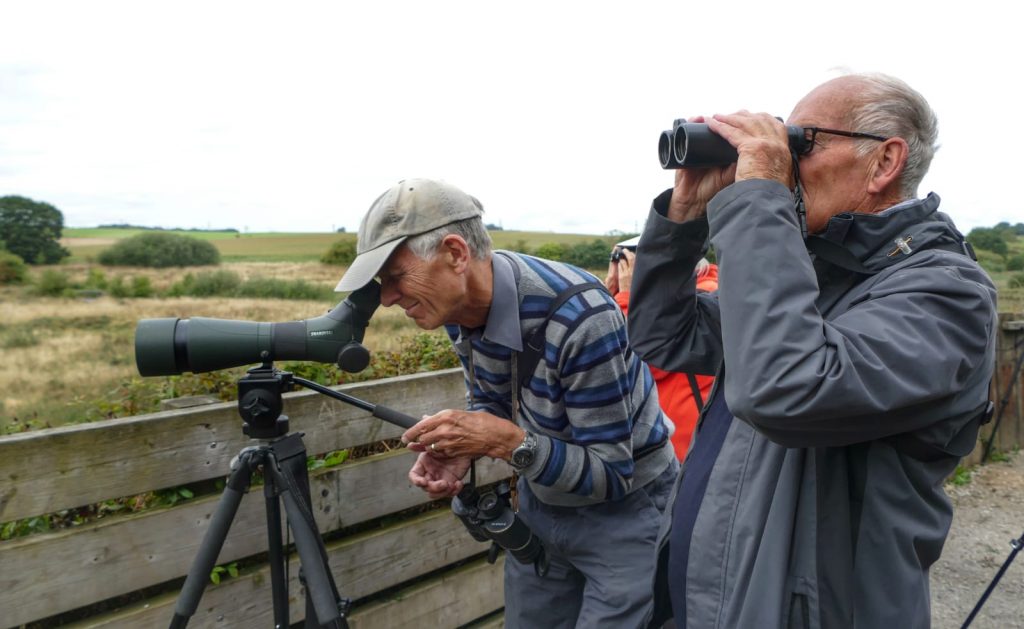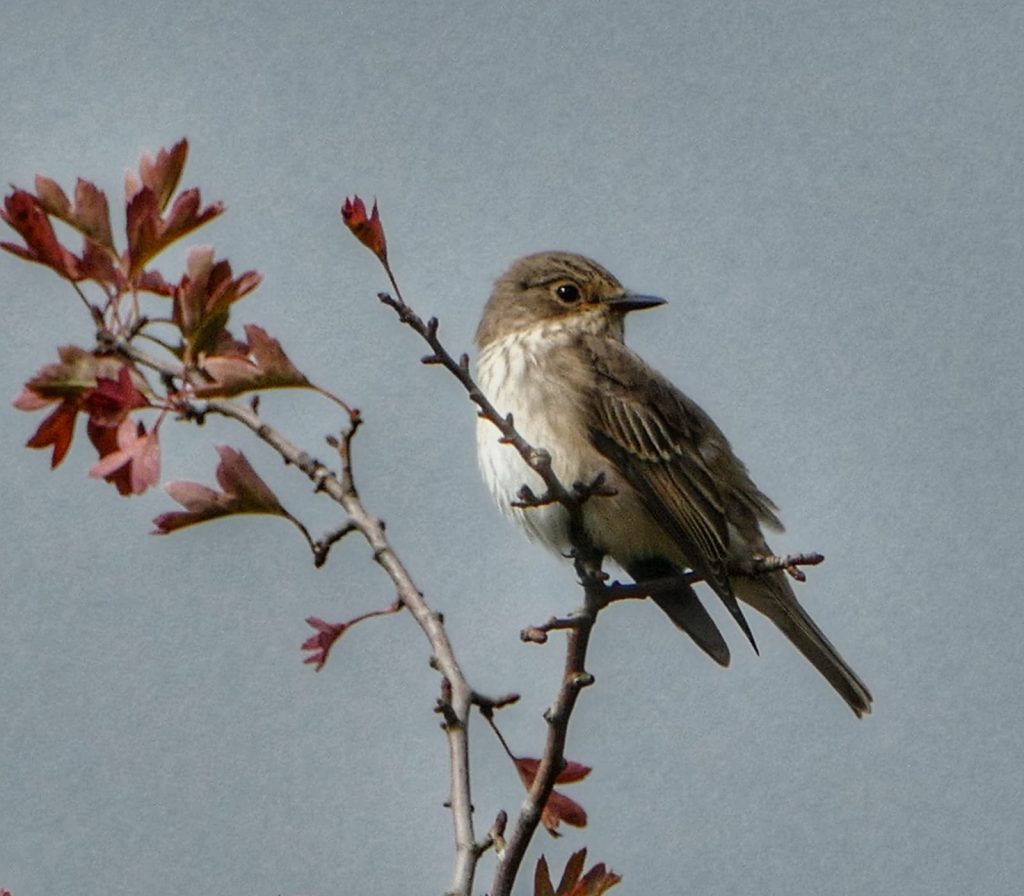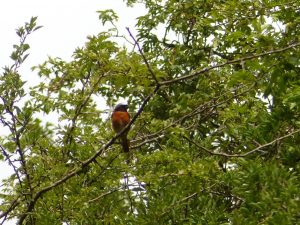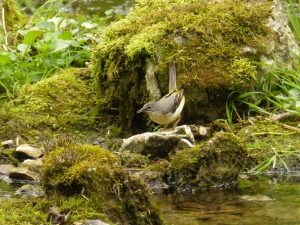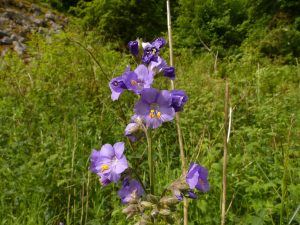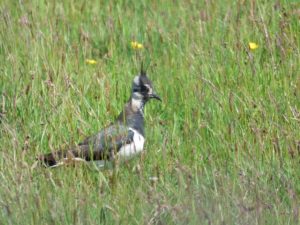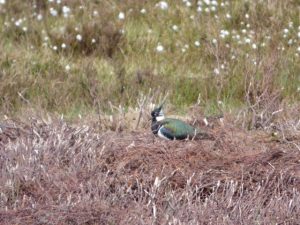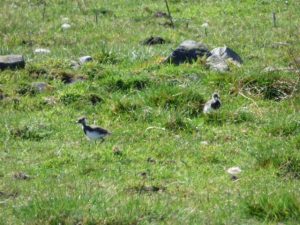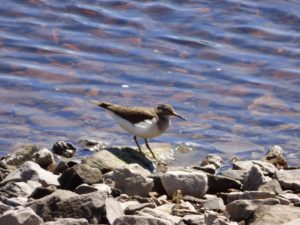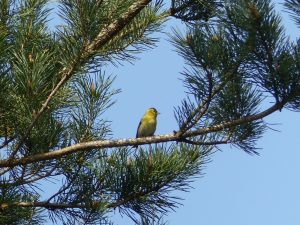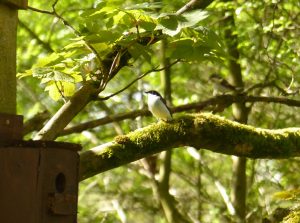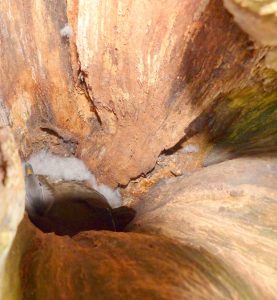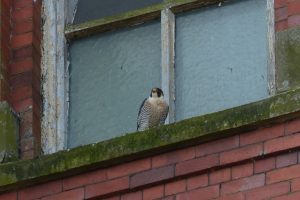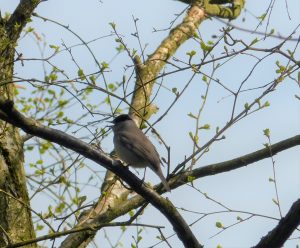On arrival we were treated to a marvellous display of hirundines – swallows, house martins and even a few sand martins – over the field in front of the car park. Many of us were then treated to a garden warbler singing in the wood even before leaving the car park. The reservoir was full to the brim so little to be seen from the hides apart from great crested grebes and the ever reliable great northern diver. A noisy pair of oystercatchers added to the list and a male reed bunting just as we were leaving. Songbirds were in good form so a good chance to brush up on song thrush, blackbird and the warblers. A sedge warbler was heard (with help from ‘Merlin’) and seen near the wildlife centre, a first for some, and a bullfinch was a nice spot in the top of the waving branches. 11 members enjoyed a fine warm day.
45 species seen/heard
| Canada Goose | Buzzard | Coal Tit | Bullfinch |
| Greylag goose | Coot | Long Tailed Tit | Siskin |
| Mute swan | Moorhen | Magpie | Blackbird |
| Mute swan | Oystercatcher | Jay | Song Thrush |
| Mallard | Lapwing | Carrion Crow | Mistle Thrush |
| Tufted duck | Swallow | Jackdaw | Robin |
| Gadwall | House Martin | Wood Pigeon | Dunnock |
| Cormorant | Sand Martin | Black Headed Gull | Wren |
| Great Crested Grebe | Blue Tit | Chaffinch | Chiff Chaff |
| Great Northern Diver | Great Tit | Goldfinch | Willow Warbler |
| Black Headed Gull | Blackcap | Garden Warbler | Sedge Warbler |
| Pheasant |
